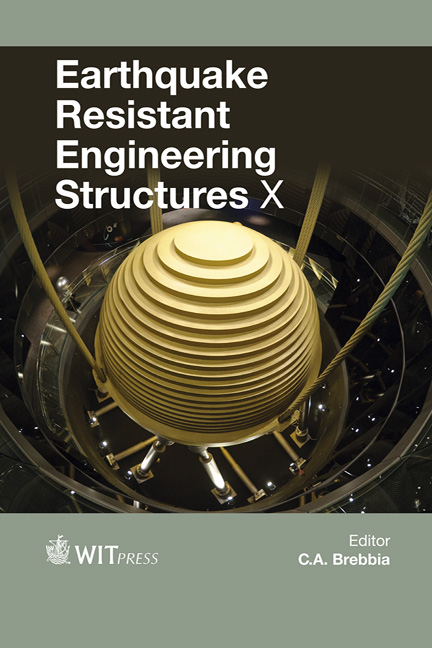Comparison Of The 1D Response Analysis Results Of Typical Hungarian Soil Types And The EC8 Spectra Based On A Case Study Of Seismic Risk Analysis In Győr
Price
Free (open access)
Transaction
Volume
152
Pages
12
Page Range
111 - 122
Published
2015
Size
1,576 kb
Paper DOI
10.2495/ERES150091
Copyright
WIT Press
Author(s)
O. K. Kegyes-Brassai, R. P. Ray
Abstract
Assessment and management of earthquake risk requires several disciplines and different aspects to evaluate. Based on mathematical calculations, risk is the product of hazard and vulnerability. Considering earthquakes, the process of risk evaluation consists of several steps performed in parallel. One line of the research deals with the seismicity of the area by identifying potential sources, usually along fault systems, for probabilistic hazard assessment. The next step focuses on the simulation of strong ground motions for regional hazard assessment. Ground motion attenuation models are calibrated based on observed strong motion recordings and on theoretical computations taking into account realistic models for wave propagation as well as possible seismic source zones. Further research takes into account local site effects and will result in a microzonation for the evaluated area based on local soil conditions and field testing of the soil properties. Another line of research focuses on the built environment. This paper presents the case study for the city of Győr, focusing on the seismic hazard assessment of the typical soil types along the Danube. Extensive use of historical boring logs allowed for correlations and reasonable extrapolation of soil performance throughout the area. This has led to a pattern of soil layer distributions and delineates of several different soil zones for Győr. Compared to more simplified profile standards from building codes, it can be clearly seen that the different levels of hazard concerning Győr are apparent, even though almost all of the region belongs to soil category C based on EC8.
Keywords
response analysis, local site effect, soil profile, microzonation





